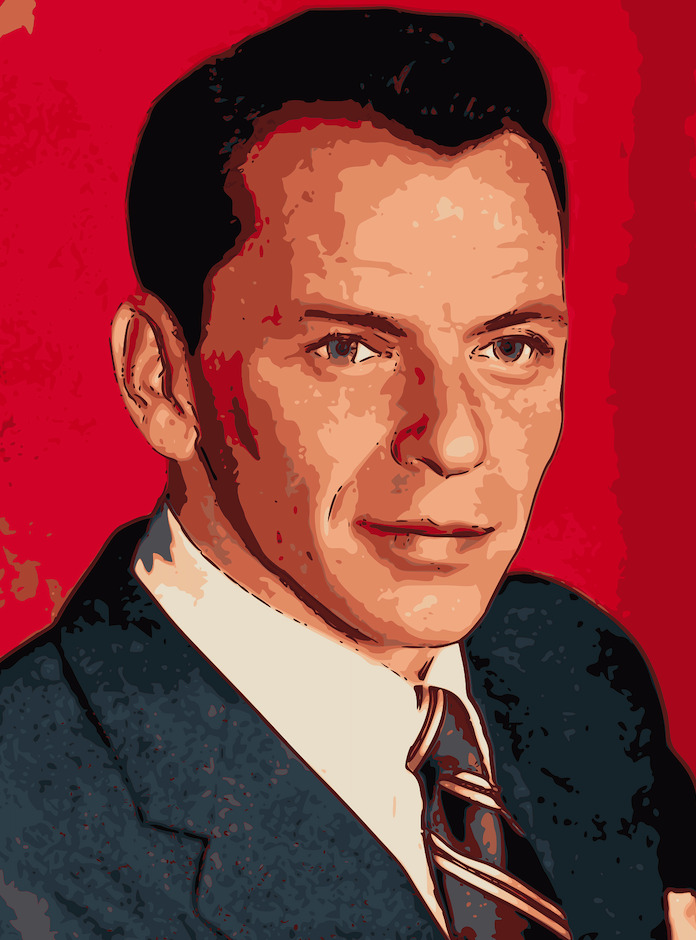Palm Springs: The Desert Oasis of Hollywood Celebrities
In the realm of showbiz, there’s one place that has consistently remained a coveted escape for Hollywood’s elite, a desert paradise that has seen the likes of Marilyn Monroe, Frank Sinatra, and Elvis Presley grace its sun-soaked streets. Palm Springs, the jewel of the California desert, has long been a favorite destination for movie stars and celebrities. But how did this seemingly sleepy desert town become a magnet for the glittering stars of Tinseltown? Let’s explore the historical roots and magnetic allure of Palm Springs for Hollywood’s brightest.
The Golden Age of Hollywood Escapes to Palm Springs
The allure of Palm Springs as a retreat for Hollywood celebrities can be traced back to the early 20th century. In the heyday of Hollywood’s Golden Age, the film industry was booming, and stars were constantly in the spotlight. With the pressures of fame and the need for a respite from the paparazzi, many sought refuge in the nearby desert oasis.
One of the key factors that contributed to Palm Springs’ popularity among Hollywood stars was its proximity to Los Angeles. Located just two hours away by car, Palm Springs provided a convenient escape from the hustle and bustle of Hollywood while remaining easily accessible for weekend getaways or short vacations. This short travel distance allowed celebrities to maintain their professional commitments in the city while enjoying the tranquility of the desert.
The Playground of the Stars
During the 1920s and 1930s, Palm Springs began to transform from a remote desert outpost into a playground for the stars. The city’s unique blend of natural beauty, with its palm-lined streets, lush golf courses, and breathtaking mountain vistas, captivated the imagination of Hollywood’s elite.
The El Mirador Hotel, a luxurious desert retreat, was one of the first establishments to cater to the burgeoning celebrity clientele. Stars like Clark Gable and Carole Lombard were among its frequent guests. Soon, other upscale resorts and hotels followed suit, offering privacy, luxury, and a break from the prying eyes of the public.
The Mid-Century Modern Movement
Palm Springs truly came into its own during the mid-20th century, thanks in part to the rise of the mid-century modern architectural movement. The clean lines, open spaces, and indoor-outdoor living of these homes and buildings perfectly complemented the desert environment. Hollywood luminaries like Elvis Presley, Bob Hope, and Steve McQueen were drawn to Palm Springs not only for its natural beauty but also for its architectural wonders.
One of the most iconic examples of mid-century modern architecture in Palm Springs is the Kaufmann House, designed by renowned architect Richard Neutra. This masterpiece became a symbol of the city’s architectural innovation and attracted stars like Frank Sinatra, who purchased a home nearby.
The Rat Pack and Frank Sinatra’s Influence
Perhaps no celebrity is as closely associated with Palm Springs as Frank Sinatra. The legendary crooner was not only a resident but also a major influence in transforming Palm Springs into a celebrity haven. Sinatra, along with his Rat Pack companions Dean Martin, Sammy Davis Jr., and others, turned the city into their own personal playground during the 1950s and 1960s.
Sinatra’s iconic Twin Palms Estate, designed by modernist architect E. Stewart Williams, became a focal point of his glamorous lifestyle and legendary parties. His charismatic presence drew other stars to Palm Springs, solidifying its reputation as the ultimate celebrity getaway.
The Allure of Privacy and Seclusion
One of the key reasons Palm Springs became a favorite of Hollywood celebrities was the promise of privacy and seclusion. Away from the prying eyes of the public and the relentless paparazzi, stars could enjoy a sense of anonymity in the desert. Gated communities, secluded estates, and a laid-back atmosphere allowed celebrities to relax and unwind without fear of intrusion.
Moreover, the city’s unique geography, nestled between the San Jacinto Mountains and the Coachella Valley, offered a natural buffer from the outside world. It provided the perfect backdrop for hideaway homes and secret rendezvous.
The Hollywood Hideaway
Over the years, Palm Springs has seen a revolving door of famous residents and visitors. From Marilyn Monroe’s romantic retreats to the desert to Elizabeth Taylor’s love affairs with the city, Palm Springs has consistently attracted A-listers seeking refuge from the spotlight.
Even today, modern celebrities like Leonardo DiCaprio and others continue to invest in Palm Springs real estate, keeping the tradition alive. The allure of the desert oasis remains as intoxicating as ever, with its unique blend of natural beauty, architectural marvels, and a culture that celebrates leisure and luxury.
The Desert’s Cultural Impact
Beyond its physical attractions, Palm Springs has had a lasting impact on American culture. It’s a place where leisure and relaxation are elevated to an art form, a destination that embodies the essence of the American dream. The city’s contributions to mid-century modern design, its vibrant arts scene, and its status as a golfing mecca have all left an indelible mark on the collective consciousness.
Palm Springs has also played a pivotal role in shaping the LGBTQ+ community’s history. As early as the 1930s, the city provided a safe haven for LGBTQ+ individuals and artists who sought acceptance and freedom of expression. Today, Palm Springs continues to be a welcoming and inclusive destination for all.
As we look back at the storied history of Palm Springs and its enduring appeal to celebrities, one thing becomes clear: this desert oasis will forever hold a special place in the hearts of those seeking refuge from the bright lights of Hollywood. From the Rat Pack era to the modern-day, Palm Springs remains a timeless escape for the stars.
#PalmSprings #HollywoodStars #DesertOasis #CelebrityRetreat #MidCenturyModern #RatPackLegacy #PrivacyAndSeclusion #AmericanDream #LGBTQHistory #TimelessEscape

